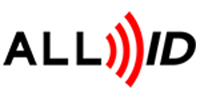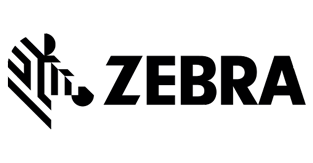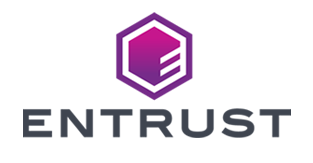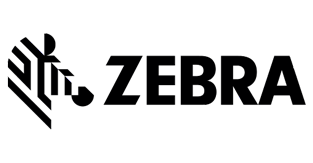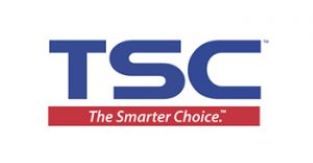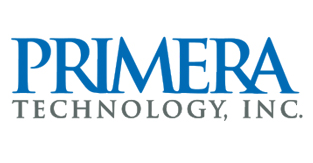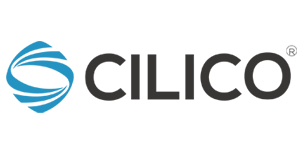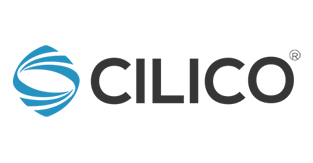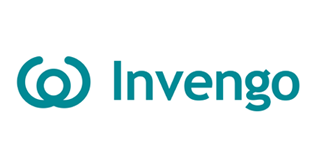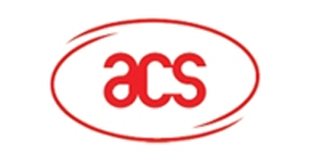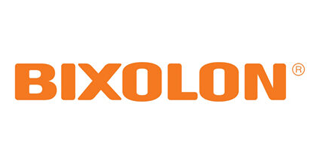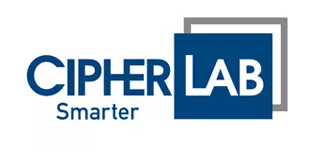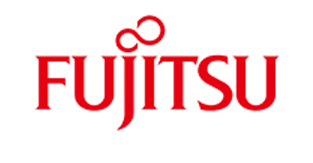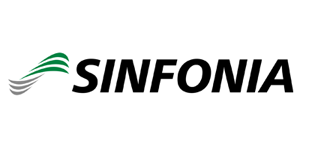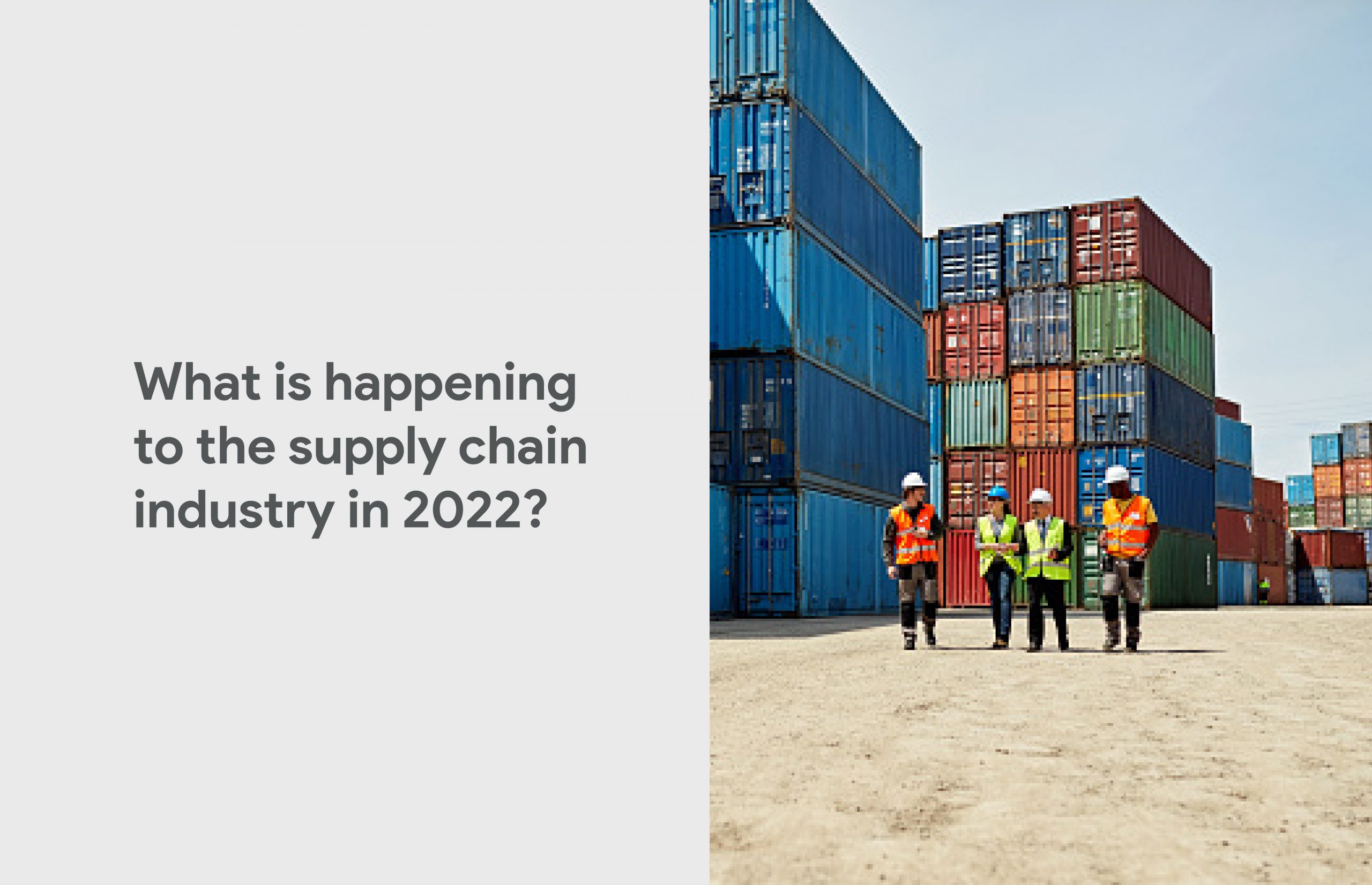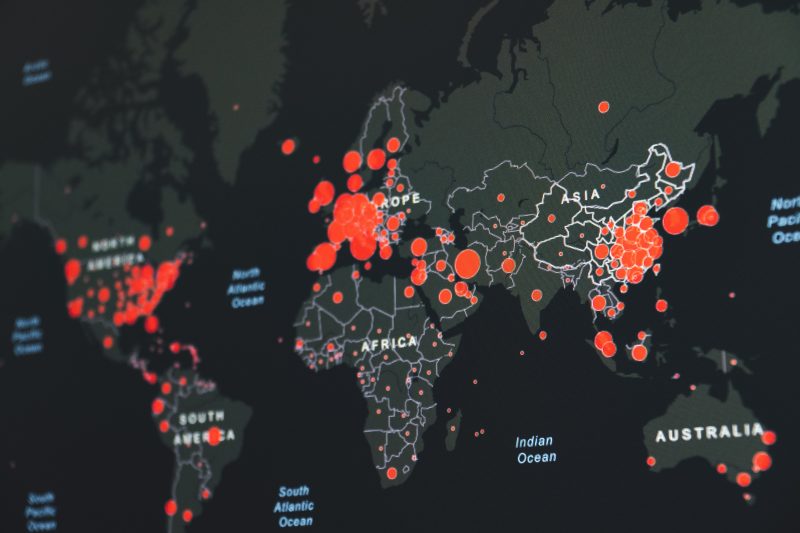
The state of the supply chain has been in continuous disarray since the start of the pandemic. How are companies overcoming the many obstacles that the COVID-19 pandemic has brought?
Companies have experienced stalled shipments, port delays, supply shortages, and more. One supply chain pro writing in Demand Planning noted “Warehouses have limited receiving hours, carriers are restricted by hours-of-service rules, there are not enough chassis for drayage, transloading has been inefficient, and port clearance has gotten worse not better.”
Between the pandemic-related factory closures, labor shortages, COVID national lockdowns, and fluctuating demand, is there any chance for supply chains to somehow get back to a relative state of normal?
Supply Chain Status
The supply chain between China and western nations is in peril. Currently, reports Forbes, the ongoing COVID pandemic has manufacturers nervous about supply chain repercussions as a result of China’s strict zero-Covid policy.
Late last year, analysts had expected supply chain stresses to lessen after the holidays, but continuing Covid-related issues may continue to prolong these issues. It may be even worse if factories shut down because of widespread COVID infections.
All of these disruptions have put a spotlight on SMBs and enterprise companies’ lack of preparedness. The shortages unfortunately show lack of foresight by companies in putting together agile systems that could have lessened the supply chain strain.
What these companies have found is that good business depends on good 3rd party support to move products, bring services and deliver efficiency. This support helps to expand a firm’s capabilities. At the same time, manufacturers need to be more transparent in their operations with vendors. This means sharing technology needs with partners.

Software Investments
It’s clear that manufacturers will need to improve operations through the use of technology. The global consultancy IDC wrote in its report “Worldwide Supply Chain 2022 Predictions” that it expects that 70% of manufacturers in global supply chains will make substantial investments in software and AI tools to support these business models.
Using software driven by automation and artificial intelligence can help companies open up new pathways to supply chain efficiency. Manufacturers, IDC writes, will need to “look outside the box” for technology-enabled new ways of approaching replenishment challenges. One of these ways could involve automated processes involving automated labeling technology, AI and other tech-driven solutions.
Labeling In Supply Chain
One way to be prepared for supply chain disruptions is having a good system in place for product labeling and materials labeling. Barcodes, labels and RFID are the data carriers that form the foundation of the supply chain. Companies can use effective enterprise labeling solutions to better integrate with existing business systems and workflows.
Working with BarTender automated labeling software, companies can easily integrate with systems like Oracle SAP, ERP and WMS. Teams can link data to your labels, reducing overall costs in the supply chain.
Automated labeling systems can integrate with the latest warehouse technology, including wearables, to track productivity and improve scanning efficiency. Plus, automation technology can reduce material handling costs through the use of hybrid models that allow robots and humans to work together.
Overcoming supply chain disruptions can remove inefficiencies from the system. Using automated BarTender labeling helps integrate data streams across departments and organizations. These data streams can show patterns to help companies identify new opportunities, to showcase any difficulties in the process, and identify system wide trends in the making.
Get a better handle on your supply chain disruptions. Use automated BarTender labeling software to provide the best labeling solution for your business. Integration with legacy systems is easy, and we’ll work with your team to show you how to meet your supply chain demands for your company’s labeling practices.
Article by: Seagull/BarTender
